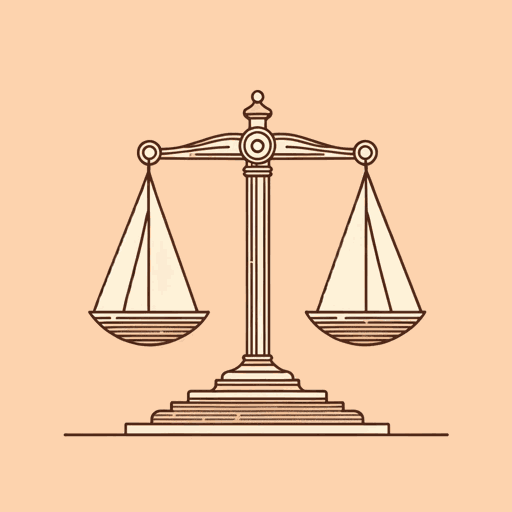66 pages • 2 hours read
Heather Cox RichardsonDemocracy Awakening: Notes on the State of America
Nonfiction | Book | Adult | Published in 2023A modern alternative to SparkNotes and CliffsNotes, SuperSummary offers high-quality Study Guides with detailed chapter summaries and analysis of major themes, characters, and more.
Part 3, Chapter 26-ConclusionChapter Summaries & Analyses
Part 3: “Reclaiming America”
Part 3, Chapter 26 Summary: “Of the People, by the People, for the People”
In Lincoln’s Gettysburg Address, he dated the country from the Declaration of Independence rather than from the Constitution. The 13th Amendment was the first amendment to increase federal power, using the ideas of the Declaration to rework the Founders’ government.
This did not mean white men valued racial equality: John Wilkes Booth assassinated President Lincoln “to save white supremacy” (193), and Lincoln’s successor Andrew Johnson wanted to end enslavement only for economic reasons. During his presidency, he didn’t welcome Black men into the union, but white Southern enslavers, who were almost uniformly granted pardons. Subsequent “Black Codes” and violence against Black Americans followed, since it was clear the federal government would not punish those who transgressed Black Americans’ new freedom.
Despite Johnson, Congress passed the 14th Amendment, which gave citizenship to those born in the United States and ostensibly gave federal protection to people against their own state legislatures’ discriminatory laws. In 1870, Congress created the Department of Justice, whose first task was to end the Ku Klux Klan. In 1870, they more explicitly addressed the rights of non-white citizens to vote by passing the 15th Amendment.

